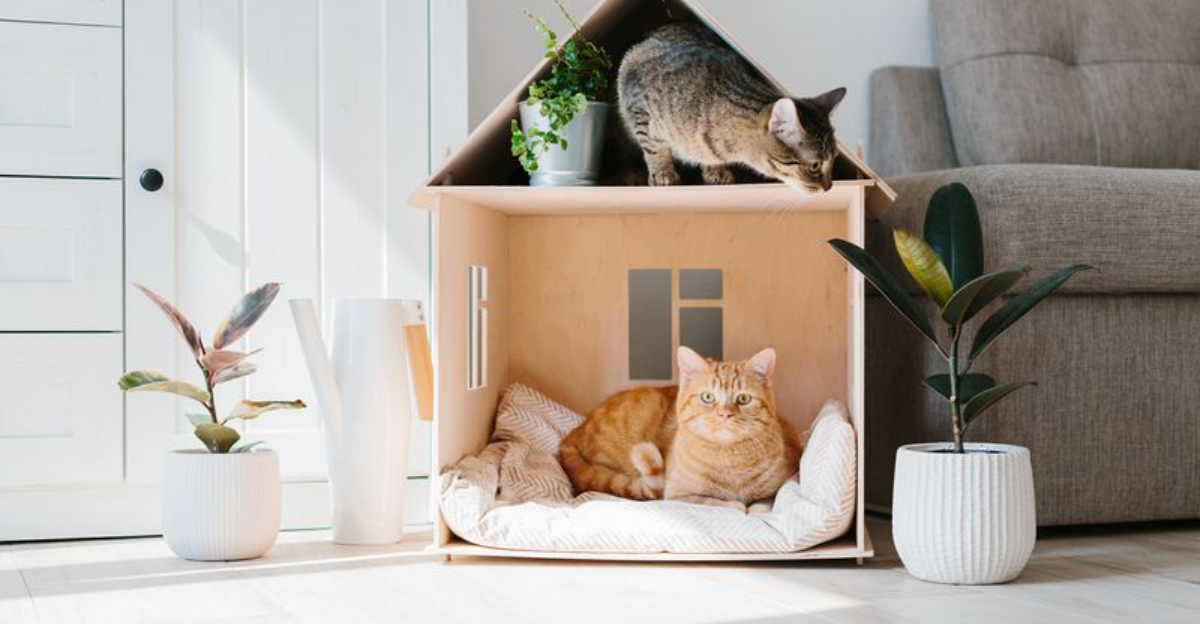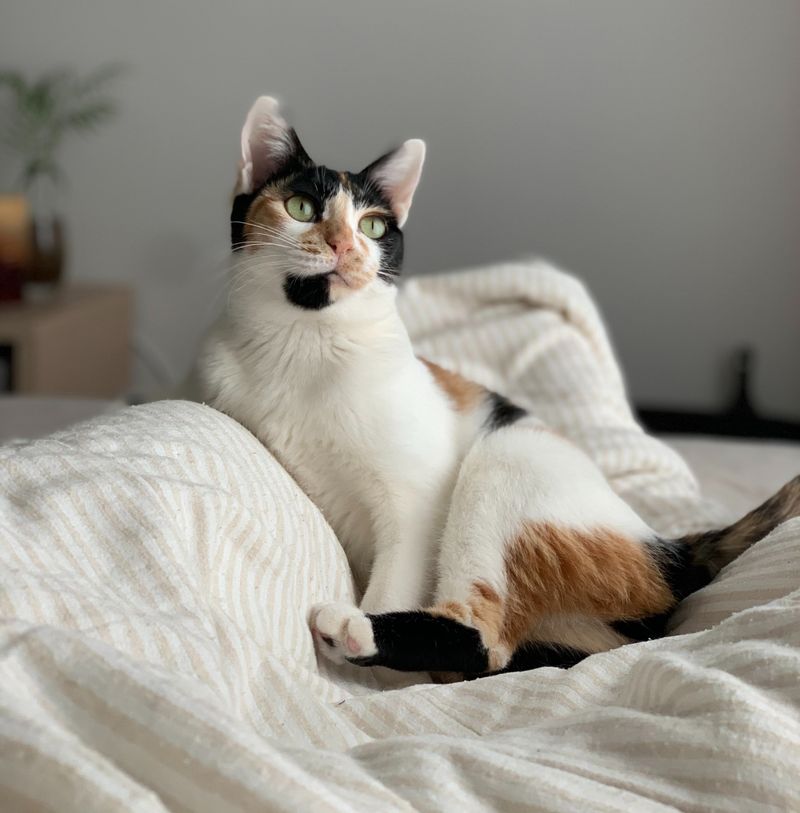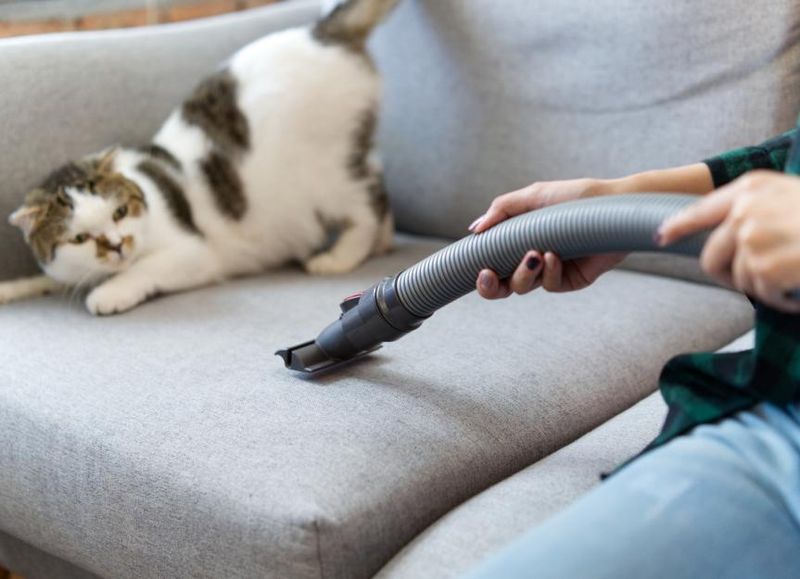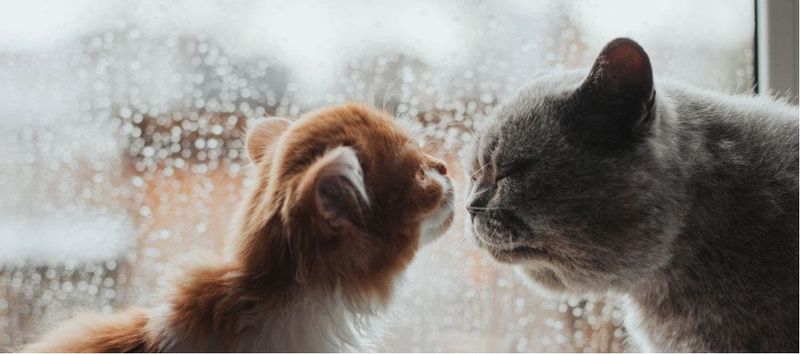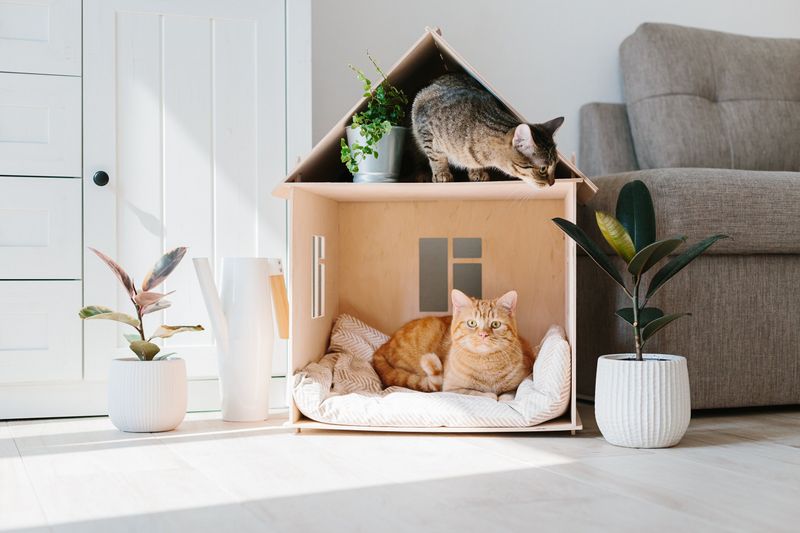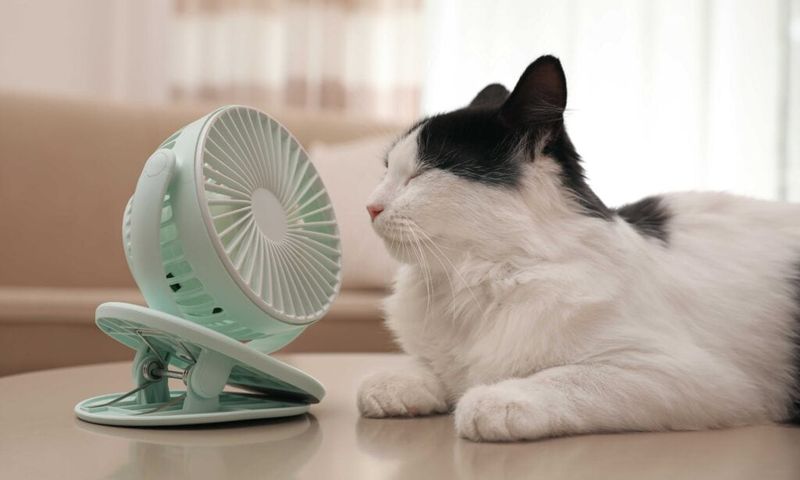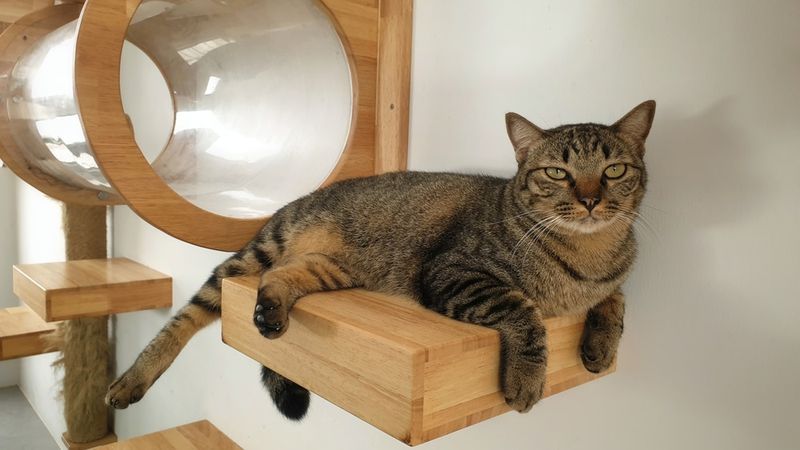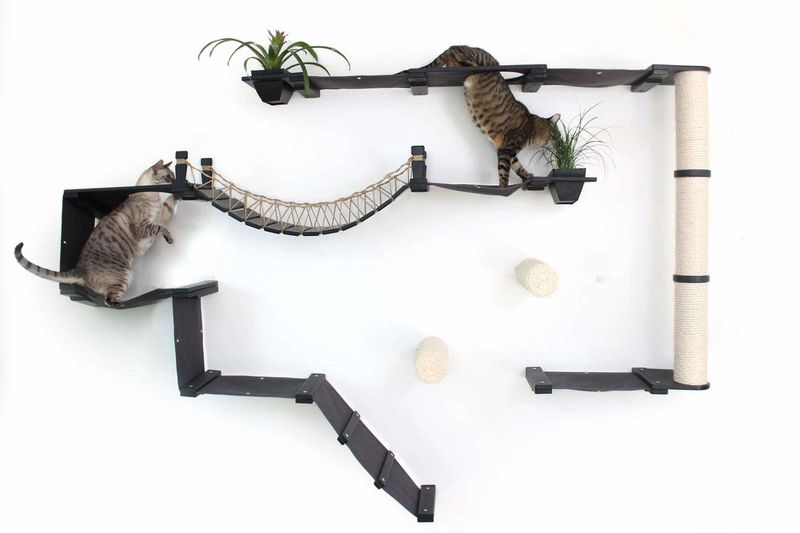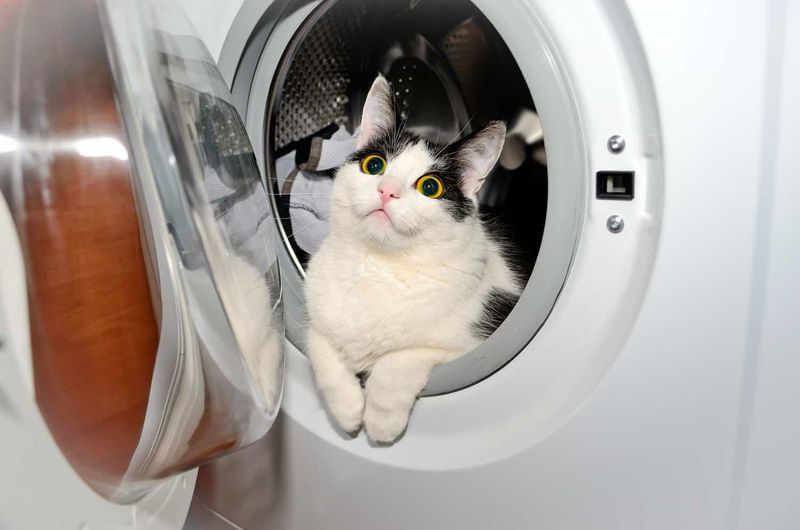📖 Table of Content:
When your feline friend suddenly refuses to enter a particular room, it might seem puzzling or even worrisome. While some owners chalk this up to moodiness or feline quirkiness, there’s often a specific and understandable reason behind the behavior.
Avoidance in cats is a form of communication. Rather than vocalizing discomfort or fear, cats use body language and environmental choices to signal how they feel. When a specific room becomes a no-go zone, it may be your pet’s subtle way of telling you that something is off. This could be linked to changes in smell, prior experiences, physical discomfort, or simply a lack of stimulating features in that part of your home.
Understanding the root cause can help restore harmony in your living space and ensure your cat feels secure and comfortable in every room. Below are eight of the most common reasons your cat might steer clear of certain areas in the house—some more surprising than others.
1. Unpleasant or Overwhelming Scents
Cats perceive the world largely through their noses, and strong odors can be incredibly off-putting to them. What smells clean and fresh to you—like lemon-scented cleaners or perfumed air sprays—can register as overpowering or even threatening to a cat. Even natural scents, such as certain essential oils used for relaxation, can irritate their sensitive olfactory system. The result is often complete avoidance of areas where these smells linger. Many cat owners unknowingly repel their pets by using diffusers, plug-ins, or even scented litter additives. If your cat avoids a freshly cleaned bathroom or a room with potpourri, scent sensitivity is a strong suspect. Consider airing out spaces or switching to unscented products to see if your cat’s behavior changes.
2. Previous Negative Experiences
Sometimes a room is avoided not because of what it smells like, but because of what happened there. A loud bang, sudden movement, or an accident—like something falling from a shelf—can leave a lasting impression on your cat. Animals have powerful associative memory, especially when it comes to negative stimuli. Even if the incident seemed minor or was quickly forgotten by you, your cat might still link that room with danger or discomfort. For example, a vacuum cleaner stored in a closet might make the whole hallway feel unsafe. Over time, this learned association solidifies, and the avoidance becomes consistent behavior. Gently reintroducing the space with treats and a calm environment may help rebuild trust.
3. Presence of Another Animal
Sometimes the root of the issue is invisible to us but crystal clear to your cat: the lingering scent of another animal. Whether it’s a new pet, a visiting dog, or even a strange cat rubbing against the window outside, territorial tension can manifest in room-specific avoidance. Cats rely heavily on scent markers to define and feel secure within their space. If a room smells like an unfamiliar or rival animal, your cat might opt to steer clear rather than confront what it perceives as an intruder’s turf. You might also notice spraying, hissing, or low growling around those spaces. Neutralizing scents with enzymatic cleaners and reinforcing your cat’s ownership of the space can help restore comfort. Regularly grooming your cat and rotating their scent through toys or bedding can also reinforce familiarity.
4. Unfamiliar or New Objects
Furniture rearrangements, holiday decorations, or the introduction of something as simple as a new rug can disrupt your cat’s comfort in a room. Because cats are deeply attuned to their environment, even subtle visual or tactile changes may trigger caution. The appearance of unfamiliar items can be interpreted as potential threats, especially if they are large, reflective, or make unexpected sounds. Your cat might observe from the hallway for a while, waiting to determine if the object is safe. This behavior is a form of risk assessment, a survival trait that serves them well in nature. Gradual exposure and positive reinforcement can help ease your cat’s anxiety about the change. It’s important to allow them to explore at their own pace rather than forcing interaction.
5. Temperature Discomfort
Environmental factors like room temperature can have a significant influence on where your cat chooses to spend its time. A drafty guest room or a sun-soaked corner with no ventilation can be either too cold or too warm for comfort. Unlike humans, cats don’t sweat and rely on behavior to regulate their body temperature. If a room doesn’t offer the right thermal conditions—whether due to an open window, poor insulation, or even a warm appliance—it may be consistently avoided. Seasonal changes can also shift your cat’s preferences as they seek cooler or warmer areas. You may notice them sunbathing in the winter and hiding in the shadows during summer. Ensuring stable, cat-friendly room conditions can go a long way in encouraging use.
6. Lack of Appeal or Stimulation
Sometimes a room is simply boring to your cat. If there’s nothing soft to sleep on, no windows to look out of, or no toys to play with, your pet may have little incentive to hang out there. Cats are both comfort-seekers and curious explorers, always on the lookout for engaging stimuli. A space that lacks vertical territory (like shelves or cat trees), cozy hiding spots, or anything to scratch or paw at will be dismissed as uninteresting. This is particularly noticeable in spare rooms or offices that aren’t set up with a pet in mind. By adding a perch near a window, placing a few familiar items, or introducing interactive toys, you can transform an ignored room into a feline favorite. Enrichment is key to keeping cats both mentally and physically stimulated.
7. Inaccessible Escape Routes
Feeling trapped is a major stressor for cats, who value control over their movements. A room with only one door, limited visibility, or tight corners might feel like a dead end. If your cat thinks it might get cornered or can’t easily flee if startled, it may avoid the space altogether. This is especially true in homes with children or other pets that might enter unpredictably. Cats prefer environments where they can survey their surroundings and quickly exit if needed. Adding a cat tunnel, leaving doors ajar, or placing perches near exits can provide the reassurance your cat needs. The ability to retreat on their own terms can restore confidence in otherwise stressful rooms.
8. Noise or Vibrations
Even subtle sounds or vibrations that are barely perceptible to humans can make a room intolerable for cats. Appliances like washing machines, water heaters, or even HVAC vents may emit low-frequency hums that disturb their acute hearing. Additionally, floors that creak or vibrate slightly when walked on can signal instability to your cat. These environmental factors create an atmosphere of unpredictability, which cats generally dislike. As a result, your feline may avoid laundry rooms, basements, or any space where such disturbances are common. If your cat seems uneasy in a room with active electronics or foot traffic, it’s worth investigating for subtle sensory irritants. Soundproofing or limiting exposure during certain hours may help restore peace and comfort.
